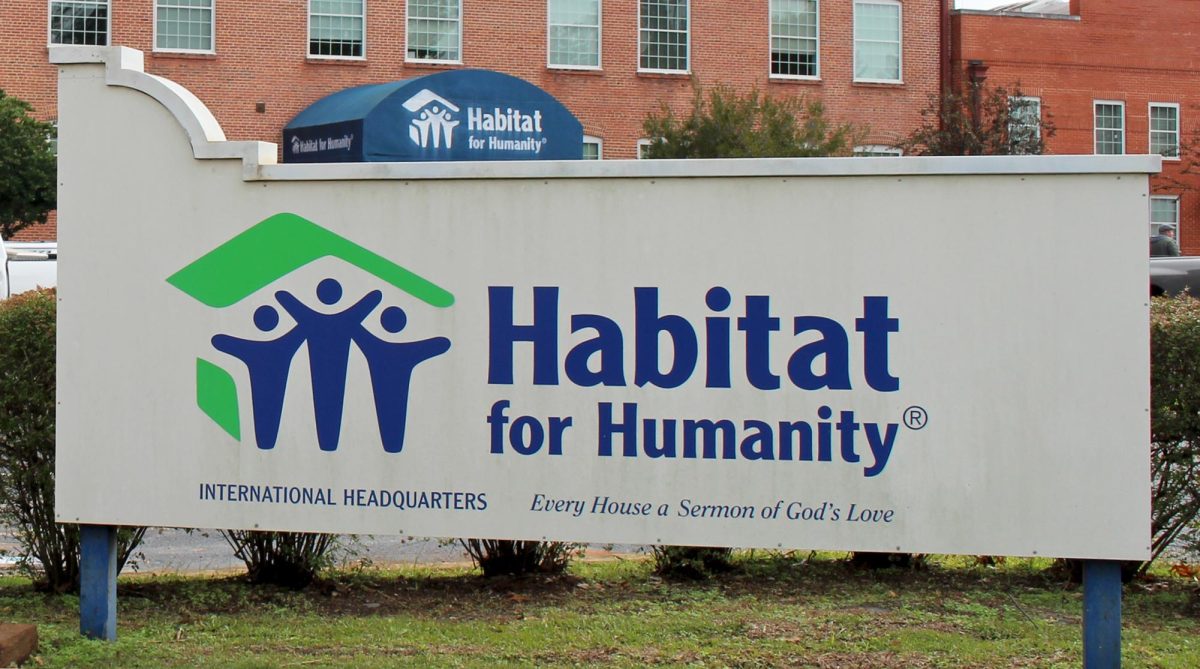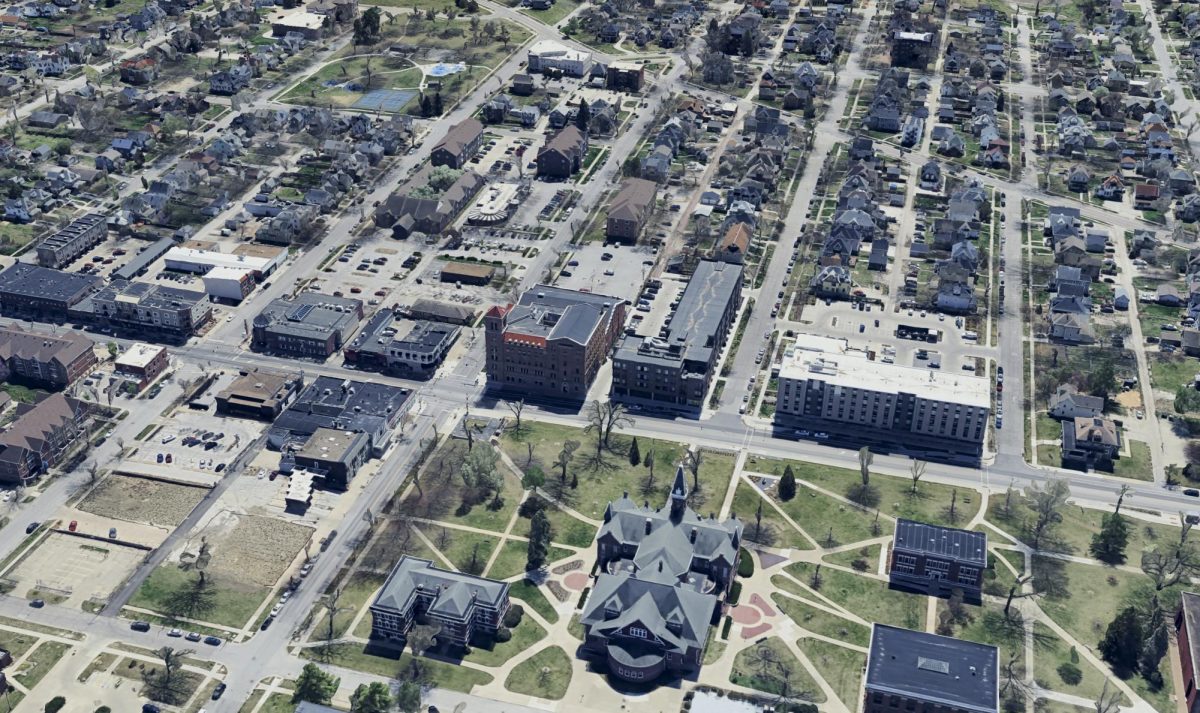Iowa falls in the center of Tornado Alley, an area stretching from the Rocky Mountains through the Texas panhandle and the Dakotas, where more tornadoes occur than anywhere else in the world.
Within minutes a severe thunderstorm can transform into a twister, trailed by a path of destruction caused by gushing winds, hail and flooding. Sirens sound to warn about the developing danger, but Mother Nature cannot be contained.
William Gallus, Iowa State University professor of synoptic and mesoscale meteorology, said maximum activity in Tornado Alley occurs from April to June. 34 tornadoes smacked Iowa during peak season last year, according to the National Weather Service.
Des Moines saw its first early season severe storms March 22 when heavy rains and hail came through southern Iowa. The National Weather Service reported tornados in the southwestern portion of the state and near Norwalk.
The sirens blared throughout Drake University’s campus that Tuesday evening. Still, students and staff were confused and not properly identified about the threat, said David Wright, the associate dean of the School of Journalism and Mass Communication.
“My concern is the mixed messaging,” Wright said. “The sirens and radios were going off, but no action.”
The National Weather Service issued the tornado warning for southern Polk County at 6:24 p.m. Provost Michael Renner sent an email to faculty, students and staff about general tornado safety guidelines at 5:34 p.m. that was unrelated to the severe weather at the time.
Renner outlined the importance for the campus community to appropriately respond when warning sirens sound and an emergency message is received. However, Drake did not send any specific notifications about the tornado warning that Tuesday.
“We need to be clear about this and what to follow,” Wright said. “Who is determining who we are getting the information from?”
Renner said Campus Security Services coordinates the course of action in severe weather situations by monitoring information from the National Weather Service Forecast Office in Johnston.
The National Weather Service issues a warning if winds of at least 70 mph are forecast or occurring, or if a tornado or funnel cloud is reported by a trained spotter. The warning is received at all three Public Safety Answering Points Communication Centers in Polk County. The centers then start sirens for any threatened areas in their jurisdiction.
In the past, all 132 sirens were activated for the warning within Polk County. Assistant Coordinator for the Polk County Emergency Management Agency Jon Davis said they are moving toward a more precise notification system that reduces the number of sirens set off.
“Now we’re trying to base it on the projected path of the tornado, but there are limitations to the system,” Davis said.
Sometimes a siren location doesn’t match a storm’s predicted path. Depending on the size of the storm and the surrounding area, overlap can occur to areas not under a direct threat, Davis said.
Although Des Moines was under a tornado warning March 22, Renner said Campus Security Services didn’t determine a direct danger to campus or a reason to activate the emergency communications system.
“We did find some things that didn’t work,” Renner said. “There should have been a tornado drill before the first storm. We have spent a lot of time in the last two weeks going over things to prepare for the next time.”
Drake participated in a tornado drill coordinated by the city of Des Moines on the morning of April 6. Faculty and staff led students to designated tornado shelters according to signs in all buildings on campus.
Campus Security Services tested the emergency communications system by either texting or calling students five minutes before the drill. Renner said this system is Drake’s last defense and is only used in direct threat situations, such as a lockdown or if a tornado was racing down University Avenue.
Wright said that is not enough. He advised activating the system whenever a severe weather warning is issued to prevent disasters.
“It’s better to be overreacting than underreacting because if something happens, we’re responsible,” Wright said.
Not only does the system alert students about possible danger, but parents are also notified. Senior Resident Assistant Kodee Wright sees this as a major flaw that only creates further confusion. She suggested having students routinely practice safety precautions.
“The most practical and effective way to educate about tornados is through legitimate drills,” Kodee Wright said. “There needs to be a plan. They need to be more frequent.”
Renner noted these issues with the emergency alert system, saying their administrative structures haven’t fully adjusted to advanced technological capabilities yet. Despite this, Renner urged students to take precautions in severe weather by seeking shelter and staying updated on condition changes.
“Tornados are the most concentrated destructive force in nature,” Renner said. “These storms are to be taken seriously.”
Tornado Safety Myths Debunked
1. Never crawl under the girders of a highway overpass. If a tornado is hitting, the wind blows even faster under the bridge.
2. Tornadoes don’t avoid big cities or bodies of water.
3. Keep windows closed. Opening them could make the damage worse.
4. The safest place is not the southwest corner of a basement. Winds blow in a circle, which can easily blow debris to the corner.
Information provided by William Gallus







D • Apr 14, 2011 at 7:39 pm
I thought this was going to be about Drake’s safety procedure for tornadoes involving students RUNNING from one building (Medbury) to another (Meredith or Olin).